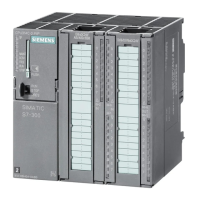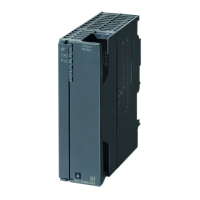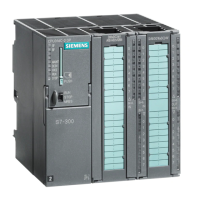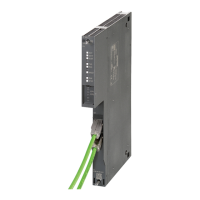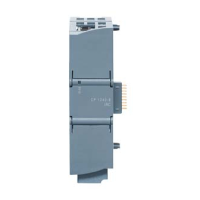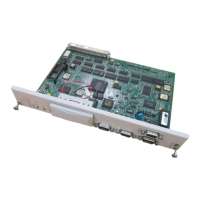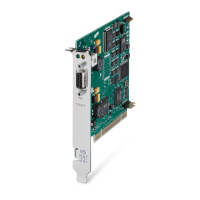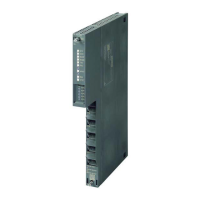Commissioning
8.2 Commissioning procedure
S7-300, CPU 31xC and CPU 31x: Installation
8-2 Operating Instructions, Edition 08/2004, A5E00105492-05
Recommended procedure: Hardware
With its modular structure and many different expansion options, the S7-300 can be very
large and extremely complex. It is therefore inappropriate to initially start up an S7-300 with
multiple racks and all inserted (installed) modules. Rather, we recommend a step-by-step
commissioning procedure.
We recommend the following initial commissioning procedure for an S7-300:
Table 8-1 Recommended commissioning procedure: Hardware
Tasks Comments Information can be found
An installation and wiring
check according to checklist
- In the following chapter
Disconnecting drive
aggregates and control
elements
This prevents negative effects on your system as a result
of program errors.
Tip: By redirecting data from your outputs to a data block,
you can always check the status at the outputs
-
Preparing the CPU Connecting the PG
Connecting the programming
device (PG)
Commission the CU with inserted power supply module
and CPU.
First, switch on the expansion devices (EMs) which are
equipped with their own power supply module, and then
switch on the power supply module of the CU.
Initial power on
Central unit (CU):
commission the CPU and
power supply, check the
LEDs
Check the LED displays on both modules.
Debugging functions,
diagnostics and
troubleshooting
Reset CPU memory and
check the LEDs
-
CPU memory reset by means
of the mode selector switch
CU:
commission the remaining
modules
Insert further modules into the CU and commission these,
working successively.
Module Data
Reference
Manual
Expansion module (EM):
Connecting
Interconnect the CU with EMs as required: Insert only one
send IM into the CU, and insert the matching receive IM
into into the EM.
Installing
EM:
Commissioning
Insert further modules into the EMs and commission
these, working in successively.
See above.
Danger
Proceed step-by-step. Do not go to the next step unless you have completed the previous
one without error / error message.
Reference
Important notes can also be found in the section
Debugging Functions, Diagnostics and
Troubleshooting.

